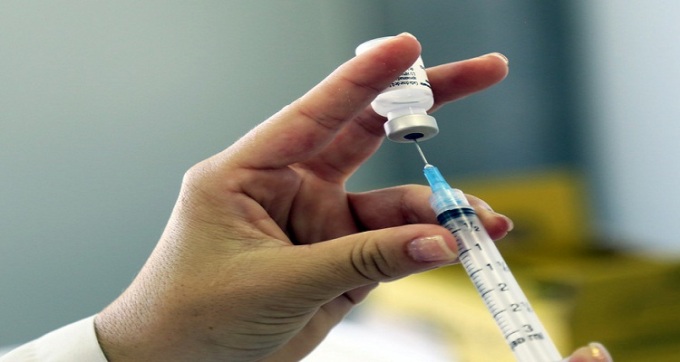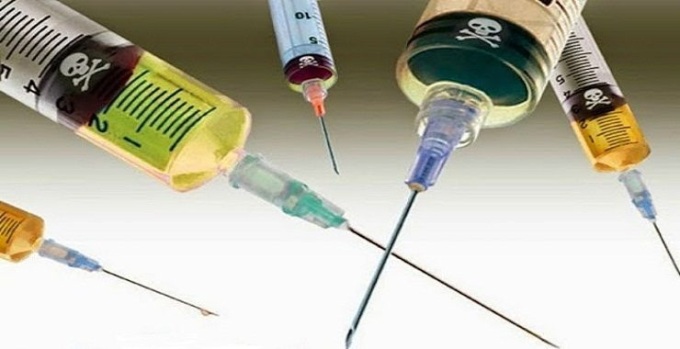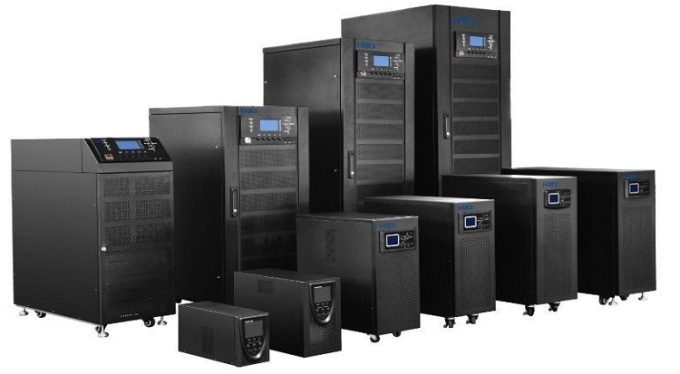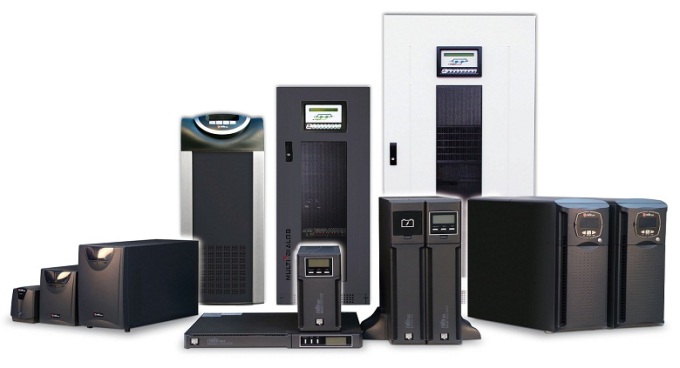India pediatric drugs and vaccine market has witnessed tremendous growth in the last five years largely due to high number of annual births recorded at around 25 million, launch of generic formulations of several pediatric drugs including flavored TB drugs, inclusion of several vaccines in the national immunization schedule of the country and inclining coverage of children vaccination under national immunization schedule.
In the last few years, medium to large Indian pharmaceutical companies have aggressively invested in international acquisition of companies to strengthen their foothold in developed and emerging markets globally.

India’s healthcare spending is one of the lowest in the world with the country spending only 1.2% of its GDP on health care as compared to 8.3% by the US and global mean of 5.4%, as of FY’2016. It also has the highest infant mortality rate and maternal mortality rate in the world. This has propelled the pharmaceutical industry to address the existing unmet challenges. The industry has come out with drug formulations for infants against some life threatening diseases such as tuberculosis and pneumonia which has helped to curb down the infant mortality rate in the country.
The market for pediatric drugs and vaccines in India is almost entirely driven by companies manufacturing generic drugs. Almost all pharmaceutical companies operating in the country have expertise in developing generic drugs formulations of branded drugs developed by international companies so as to cater with underprivileged populations at a much cheaper price.
India has a huge disease burden and a large part of drugs sold in the country is meant for the treatment of several infectious and non-infectious diseases prevalent in the pediatric population. Pediatric drug are commonly used for diarrheal diseases such as cholera and viral gastroenteritis. Respiratory diseases including pneumonia and tuberculosis are other commonly treatable conditions for which drugs find extensive usage in the country.
Anti-infectives were the most frequently prescribed drug class by pediatricians, with over 80% of the prescriptions had some form of prescribed antibiotics. This is due to the wide scale prevalence of children being affected by respiratory diseases or some sort of microbial infections at regular basis.
India has emerged as leading vaccine producer in the world, in terms of doses of vaccines produced, and has about 12 major vaccine manufacturing facilities across the country. Vaccines manufactured in these facilities are offered in both national and international market (over 150 countries). With over 25 million births every year, the domestic market for vaccines in India is huge. The country has been self sufficient in meeting the domestic needs, with private sector responsible for providing a large part of the supply needs.
Key Factors Considered in the Report
Pediatric Drug Development
Trends Pediatric Vaccine Market
Number Of Pediatrician Statistics
Pediatric Tuberculosis Drug Market
Drug Information, Dosage, Side Effects
Vaccines Market Growth India
Drug Pipeline Pediatric Drug
Vaccine Clinical Trials India
Pediatric Drug Market Industry Size
New Drug Launches India Pharma Sector
Pediatric Vaccine Serum Institute Of India
For more information on the market research report please refer to the below link:
Contact Us:
Ken Research
Ankur Gupta, Head Marketing & Communications
Ankur@kenresearch.com
+91-9015378249
Ken Research
Ankur Gupta, Head Marketing & Communications
Ankur@kenresearch.com
+91-9015378249




